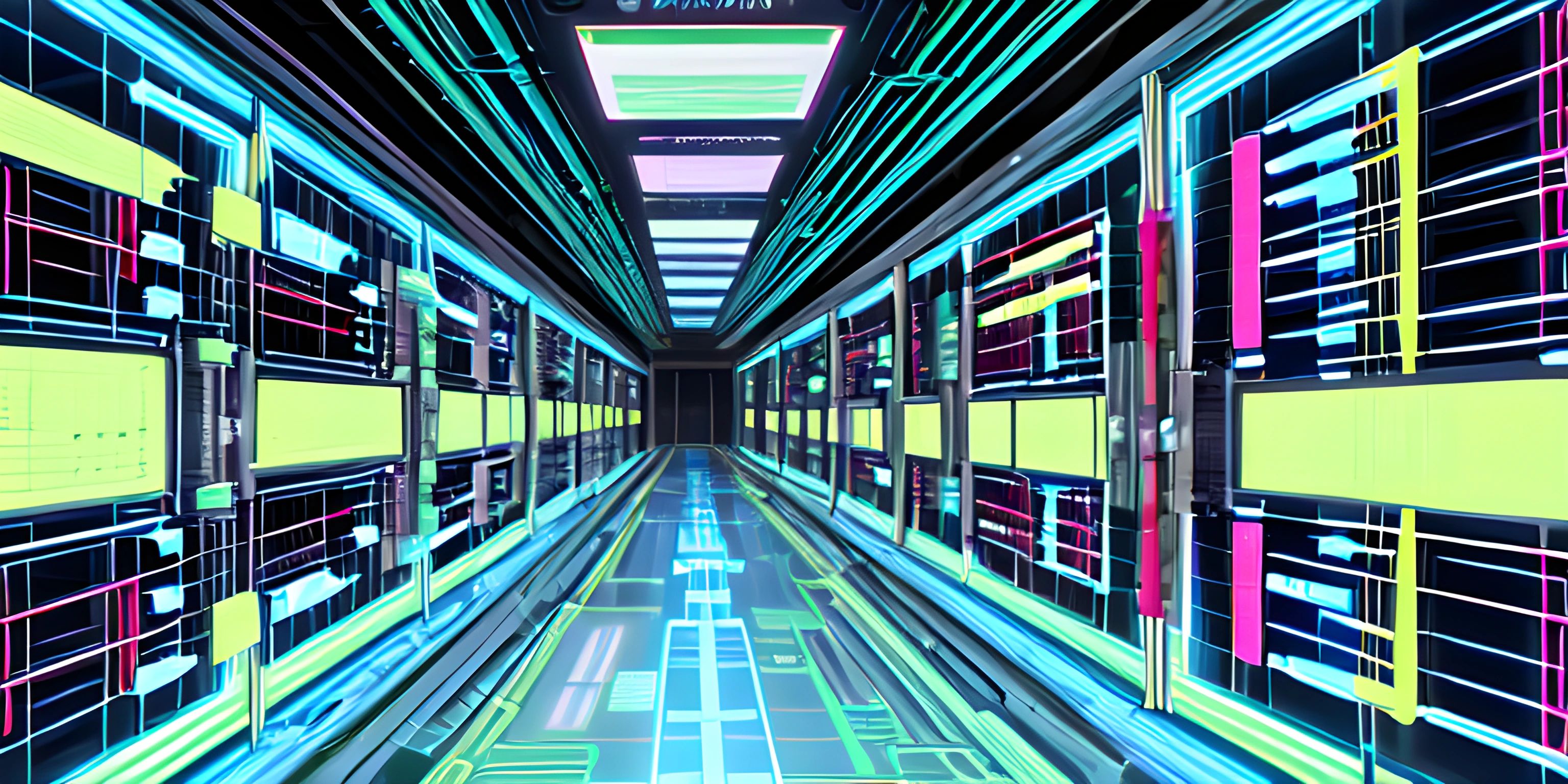Software Development Trends

Note: this page has been created with the use of AI. Please take caution, and note that the content of this page does not necessarily reflect the opinion of Cratecode.
Staying up to date with the latest trends in software development is like trying to keep up with your overly energetic dog on a walk - it's a constant race! But fear not, dear reader, for we have compiled some insights into the latest and emerging trends in the world of software development.
Artificial Intelligence and Machine Learning
You've probably heard about Artificial Intelligence (AI) and Machine Learning (ML) by now. These buzzwords have been making waves in the industry for a few years, and they're not going away anytime soon. Harnessing the power of AI and ML can provide valuable insights, automate repetitive tasks, and make software more efficient.
# Example of a simple Machine Learning algorithm in Python from sklearn.linear_model import LinearRegression # Training data (input and output values) X = [[1], [2], [3], [4], [5]] y = [2, 4, 6, 8, 10] # Train a Linear Regression model model = LinearRegression().fit(X, y) # Predict output for input value 6 prediction = model.predict([[6]]) print(prediction) # Output: [12.]
Serverless Architecture
Gone are the days of managing a dedicated server for your applications. Enter the era of serverless architecture. Serverless allows developers to focus on writing code while cloud providers handle the infrastructure. This not only saves time but also reduces operational costs. Services like AWS Lambda, Azure Functions, and Google Cloud Functions are gaining popularity among developers.
// Example of an AWS Lambda function in Node.js
exports.handler = async (event) => {
const response = {
statusCode: 200,
body: JSON.stringify("Hello from Lambda!"),
};
return response;
};Low-code/No-code Development
Low-code and no-code development platforms are becoming increasingly popular as they enable non-programmers to create software applications without writing code. These platforms often provide drag-and-drop interfaces, allowing users to design applications visually. This democratization of software development can boost productivity and reduce the pressure on professional developers.
Progressive Web Apps (PWAs)
Progressive Web Apps combine the best of both worlds: web and native applications. PWAs are web applications that can be installed on your device, work offline, and offer a native app-like experience. They're fast, reliable, and engaging, making them a popular choice for developers and businesses alike.
// Example of a manifest file for a Progressive Web App
{
"name": "My PWA",
"short_name": "PWA",
"start_url": "/",
"display": "standalone",
"background_color": "#ffffff",
"theme_color": "#000000",
"icons": [
{
"src": "/icon.png",
"sizes": "192x192",
"type": "image/png"
}
]
}Containerization and Microservices
Containerization and microservices have revolutionized the way we develop and deploy software. Containers, like Docker, encapsulate applications and their dependencies, making it easier to manage and deploy them. Microservices break down applications into smaller, independent components that communicate with each other, increasing flexibility and scalability.
# Example of a Dockerfile FROM node:14 WORKDIR /app COPY package*.json ./ RUN npm install COPY . . EXPOSE 8080 CMD ["npm", "start"]
These are just a few of the many trends shaping the software development landscape. By staying informed and adapting to these changes, developers can stay ahead of the curve and create cutting-edge software solutions. So, strap on your running shoes and get ready to chase the next big trend in software development!
Hey there! Want to learn more? Cratecode is an online learning platform that lets you forge your own path. Click here to check out a lesson: What Programming Means (psst, it's free!).
FAQ
What are some of the latest software development trends?
Some of the latest software development trends include:
- Artificial Intelligence (AI) and Machine Learning (ML)
- Internet of Things (IoT)
- Progressive Web Apps (PWAs)
- Low-code and No-code development platforms
- DevOps and Continuous Integration/Continuous Deployment (CI/CD)
- Blockchain technology and Smart Contracts
- Cybersecurity and Privacy advancements
- Edge computing
- Serverless architecture
- Virtual Reality (VR) and Augmented Reality (AR) development
How is Artificial Intelligence and Machine Learning impacting software development trends?
AI and Machine Learning are transforming various aspects of software development, such as:
- Automating repetitive tasks and streamlining workflows
- Improving code quality and code review processes through intelligent code analyzers
- Enhancing user experience with personalized and adaptive interfaces
- Predictive analytics for better decision-making and optimization
- Natural Language Processing (NLP) for chatbots and virtual assistants
- Image and speech recognition for innovative applications
What are Progressive Web Apps and how are they changing the software development landscape?
Progressive Web Apps (PWAs) are web applications that deliver a native app-like experience to users. They are built using web technologies such as HTML, CSS, and JavaScript, but can provide features typically found in native apps, such as offline access, push notifications, and a responsive design. PWAs are changing the software development landscape by:
- Reducing the need for separate native app development for different platforms (iOS, Android, etc.)
- Offering a faster and more cost-effective development process
- Easier maintenance and updates, as the codebase is shared between the web and app versions
- Providing a seamless experience across devices, with a single application that can adapt to various screen sizes and platforms
How do low-code and no-code development platforms affect software development trends?
Low-code and no-code development platforms enable users with little or no programming knowledge to create applications using visual tools and drag-and-drop interfaces. They affect software development trends by:
- Democratizing app development and empowering non-technical users
- Accelerating the development process and reducing time-to-market
- Allowing developers to focus on more complex tasks and innovation
- Reducing the need for extensive coding skills and specialized programming knowledge
- Encouraging collaboration between technical and non-technical team members
Why is DevOps and CI/CD becoming increasingly important in the software development process?
DevOps and CI/CD (Continuous Integration/Continuous Deployment) practices are becoming increasingly important in the software development process because they help:
- Streamline and automate the development, testing, and deployment workflows
- Improve collaboration between development and operations teams
- Reduce the time and effort required to release new features and bug fixes
- Ensure a higher level of software quality and reliability
- Enable faster feedback loops and a more agile development process





